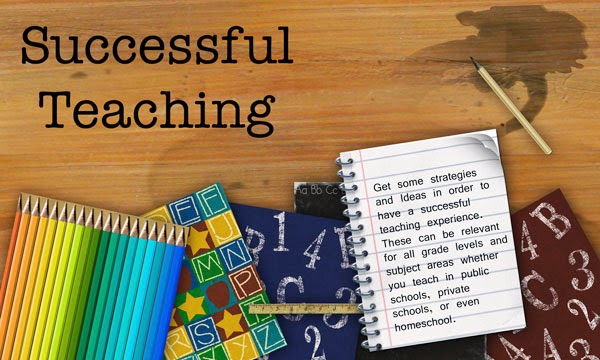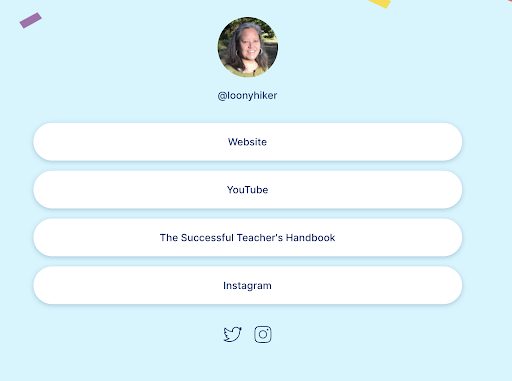
Recently I asked Susan Fowler, President of
Council for Exceptional Children for an interview. Her term will be completed at the end of December 2008 so I thought it would be fun to ask her some questions. I really appreciate Susan taking the time to do this since I know how busy she is and after reading this, I realize she is even busier than I thought. I hope you enjoy the interview!
1. What is your official job title outside of CEC?Professor, Department of Special Education at the University of Illinois
2. How long have you been a member of CEC?
I joined in 1975 s a first year doctoral student at the University of Kansas—gee 33 years ago!
3. How did you first get involved in CEC?One of my advisors told me I needed to join to be part of the profession. Fortunately, she also invited me to present at the national CEC conferences in 1976, 1977, 1978 as a member of her panel where we talked about early childhood special education services and I discussed the transition from preschool to kindergarten. That experience started me on a line of research and got me involved in DEC. I soon published articles in the early Journal of DEC and eventually in Exceptional Children. Then my state chapter asked me to run for President of Kansas DEC in the 1980’s and that got me involved in local advocacy and governance with CEC
4. Why do you think teachers should join CEC?It provides them with a larger context about their profession and who they are and represent. It expands their focus and knowledge to the whole range of special education issues, birth through young adults. As new knowledge emerges and practices are developed, clarified or even changed over time, they learn about it and stay current with their profession. This opportunity ensures that they have informal ongoing professional development (through journals, TEC, website) and formal professional development opportunities through state, provincial, division or national conferences. Membership also provides a community for them to belong with and to share values and a sense of mission for the incredible work that they do with children and youth, who not so long ago, could not be guaranteed an education. It’s a precious and demanding commitment and belonging to a community helps to support this dedication and mission.
5. If you could give 3 words describing your term as President of CEC, what would they be?exhilarating, challenging and humbling
6. What has been the best thing about being President of CEC?
Seeing how a group of committed Board members, Committee Chairs and the Staff of CEC can have a visible impact on the field of special education through advocacy at the federal, provincial and state level around issues of legislation, funding, rule making that impact our daily services to children and families. Also seeing how we can influence the future by identifying through a consensus process the most critical and timely issues on which to focus in our strategic planning such as increasing our knowledge of evidence based practices. Finally, seeing how responsive CEC can be to important issues that need a policy or position statement, such as Response to Intervention, Safe Schools and the fact that CEC members are ready and able to work on expert panels to draft these statements.
7. Do you have any advice for people who might think of running for office in CEC?
First, have a passion for your profession and a desire to make a difference in our field by thinking carefully about current and critical issues. Second, prepare to be part of a very active community of leaders who tackle these pressing issues, discuss them, argue about them and finally reach consensus on them. This takes time, but the satisfaction from doing so is enormous.
So what kind of time are we talking about? If you are running for the Board, make sure that you can set aside 3-5 hours every week to participate in e-community discussions, read CEC Smart Briefs, CEC Today, CEC Policy Insider and other electronic information. Try to take time to read one or two articles from each issue of our journals to stay on top of trends and findings in our field. Be ready to serve on a work group on a specific topic related to issues of governance. Finally, make sure that you can arrange time off to attend a Friday-Sunday board meeting in Arlington VA in Oct. and Jan. and of course 5 days for our convention in March or April. If you run for office as president-elect, double the time commitment and add more visits to CEC to your schedule!
8. What do you think the biggest challenge CEC faces in the future?Growing our membership and convincing our new teachers that they will benefit from belonging to their professional organization. The second challenge, is just as critical, and that is maintaining our specialization as special educators within the general education curriculum.
9. What are your plans when your term is over?
Professionally, I’ll have more time to think, relax, read my journals, attend more sessions at CEC and division conferences and enjoy being a member. Personally, I’ll have less travel and more time with my family and I think the teenagers will be happy that I am home more often! I know my husband will be happy!
10. (One teacher wanted me to ask you this): Placement for special needs students is straining the budget in the small rural district where I teach. Any suggestions?
Does she mean placement out of the district? Or does she mean identification of students who are eligible for special education services in the district? I’ll try to answer if you have a bit more information……
(Thank you Susan for a wonderful interview! I have enjoyed serving on the board under your leadership!)
 Here are some interesting sites that I’ve found this week. As a teacher, I feel we have to keep up to date concerning research in our field and current issues in the education system. I hope some of these inspire you, inform you, and even have you asking questions. Thank you for coming by and visiting!
Here are some interesting sites that I’ve found this week. As a teacher, I feel we have to keep up to date concerning research in our field and current issues in the education system. I hope some of these inspire you, inform you, and even have you asking questions. Thank you for coming by and visiting!


 Day 22
Day 22 



 Here are some interesting sites that I’ve found this week. As a teacher, I feel we have to keep up to date concerning research in our field and current issues in the education system. I hope some of these inspire you, inform you, and even have you asking questions. Thank you for coming by and visiting!
Here are some interesting sites that I’ve found this week. As a teacher, I feel we have to keep up to date concerning research in our field and current issues in the education system. I hope some of these inspire you, inform you, and even have you asking questions. Thank you for coming by and visiting!
 On Day 17, Teach42 challenges us to make our blog more mobile. I think this is a great idea even though I do not have an iphone or those other great geeky toys…yet. I do not want to discourage people from reading my blog just because I can’t stay current with the new toys.
On Day 17, Teach42 challenges us to make our blog more mobile. I think this is a great idea even though I do not have an iphone or those other great geeky toys…yet. I do not want to discourage people from reading my blog just because I can’t stay current with the new toys. Day 14: Contact me – I have my email address and my Connect with Me widget that I found on Christine Southard’s Blogspot. I really like how it gives my usernames for all the different social networking platforms that I use.
Day 14: Contact me – I have my email address and my Connect with Me widget that I found on Christine Southard’s Blogspot. I really like how it gives my usernames for all the different social networking platforms that I use.

 Teach42’s
Teach42’s 










 Teach42
Teach42 Here are some interesting sites that I’ve found this week. As a teacher, I feel we have to keep up to date concerning research in our field and current issues in the education system. I hope some of these inspire you, inform you, and even have you asking questions. Thank you for coming by and visiting!
Here are some interesting sites that I’ve found this week. As a teacher, I feel we have to keep up to date concerning research in our field and current issues in the education system. I hope some of these inspire you, inform you, and even have you asking questions. Thank you for coming by and visiting! 
 When I first ran years ago for this, I encouraged my students to take an active role in their future. I encouraged them to get involved and know what was going on in the world around them. Then when asked, I had to practice what I preached so I filed to run. As a hiker, I am very interested in the environment and the conservation of our resources. Surprisingly, I won the election with 67,000 plus votes and served for four years. I truly enjoyed it and learned a lot from being actively involved. I felt I made a contribution to my community by being a watchdog on how some of our tax money was being spent.
When I first ran years ago for this, I encouraged my students to take an active role in their future. I encouraged them to get involved and know what was going on in the world around them. Then when asked, I had to practice what I preached so I filed to run. As a hiker, I am very interested in the environment and the conservation of our resources. Surprisingly, I won the election with 67,000 plus votes and served for four years. I truly enjoyed it and learned a lot from being actively involved. I felt I made a contribution to my community by being a watchdog on how some of our tax money was being spent.





 Day 2 from
Day 2 from 